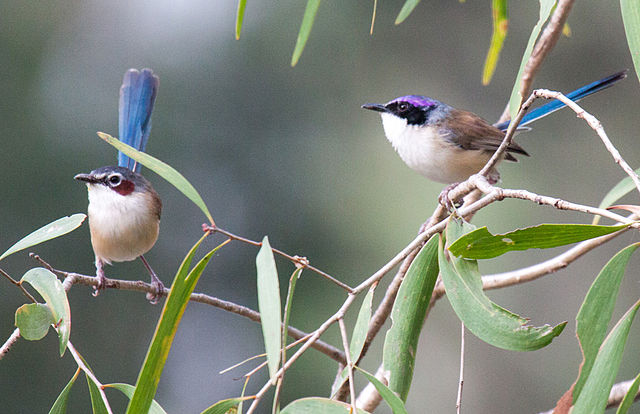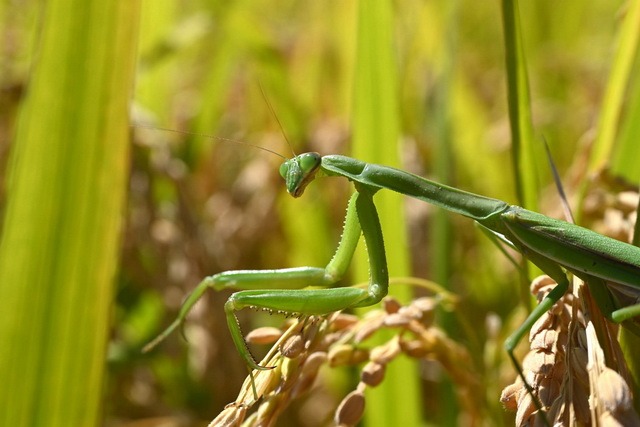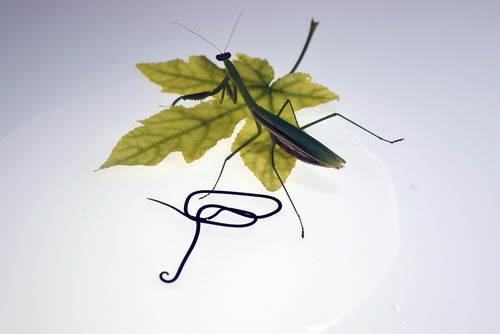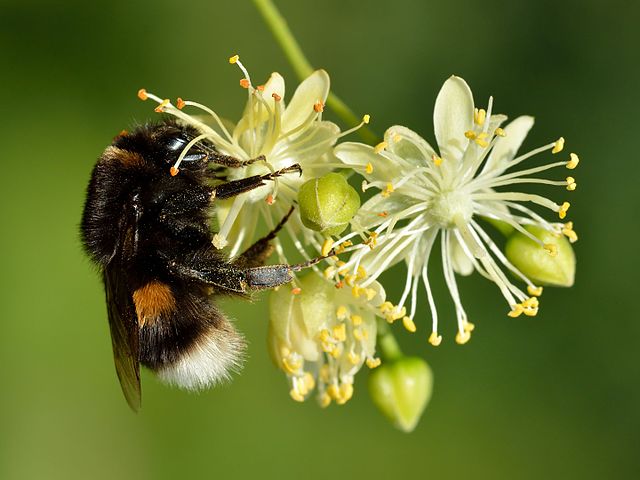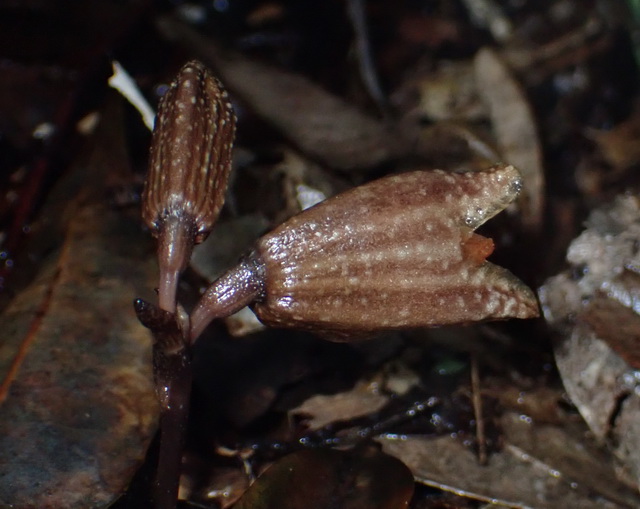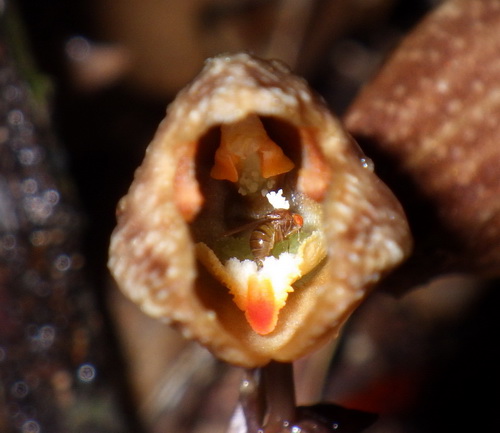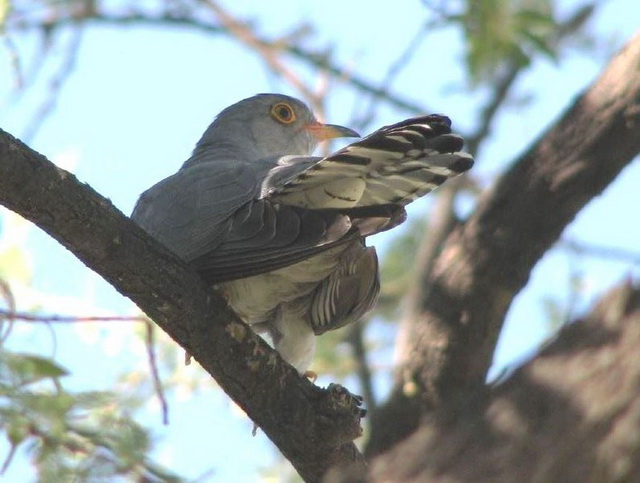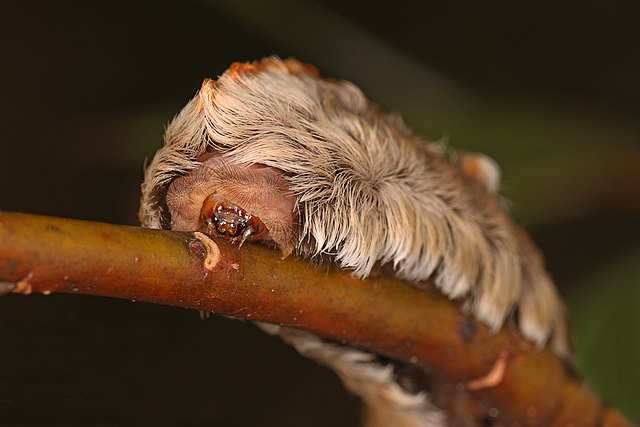Matabele ant heals infection of injured conspecifics

Workers of the Matabele ant treat infected wounds of nest mates with self-made antibiotics, Erik Frank and colleagues saw. That saves the lives of those nest mates.
Groups of Matabele ants (Megaponera analis) hunt termites, which fight back fiercely. Consequently, foraging trips cause many casualties. An ant colony would perish if it were not for the fact that ‘slightly’ injured specimens, for instance ants that lost one or two legs, are picked up and carried back to the nest. Thanks to the care they receive there, most of them recover from their injuries; without help, they would be dead within 24 hours in all probability.
Erik Frank and colleagues previously discovered that workers lick and groom the wounds immediately after arrival in the nest. Now, it appears that they also treat the wounds medically. The Matabele ant lives in Africa south of Sahara; the research was done in Ivory Coast.
Antibiotics
Video recordings in artificial nests in the lab show that workers groom victims’ wounds again after 10 to 12 hours, and then often apply a substance after cleaning that they take from glands on the back, the metapleural glands. They use their own glandular product or that of the wounded individual. They mainly treat ants with wounds that have become infected, for example with the deadly bacterium Pseudomonas aeruginosa.
The glands of the Matabele ant form a well-supplied pharmacy. They turn out to produce more than a hundred compounds, many of which have an antimicrobial or healing effect. Tests show that the antibiotic mix suppresses the growth of the bacteria. Most other ant species also have metapleural glands, but with a less extensive arsenal of substances.
Unique
How do nursing workers know whether a wound is infected or not? Probably because the composition of the outer layer that ants have – a waxy layer of hydrocarbons – changes during infection. Colony mates can smell that.
Conclusion: Matabele ant workers can effectively treat wounds of conspecifics with self-made antibiotics. This ability is unique among insects and other invertebrates.
Willy van Strien
Photo: Matabele ant worker with termites. ETF89 (Wikimedia Commons, Creative Commons CC BY-SA 4.0)
Former research on Matabele ant
Source:
Frank, E.T., L. Kesner, J. Liberti, Q. Helleu, A.C. LeBoeuf, A. Dascalu, D.B. Sponsler, F. Azuma, E.P. Economo, P. Waridel, P. Engel, T. Schmitt & L. Keller, 2023. Targeted treatment of injured nestmates with antimicrobial compounds in an ant society. Nature Communications 14: 8446. Doi: 10.1038/s41467-023-43885-w
